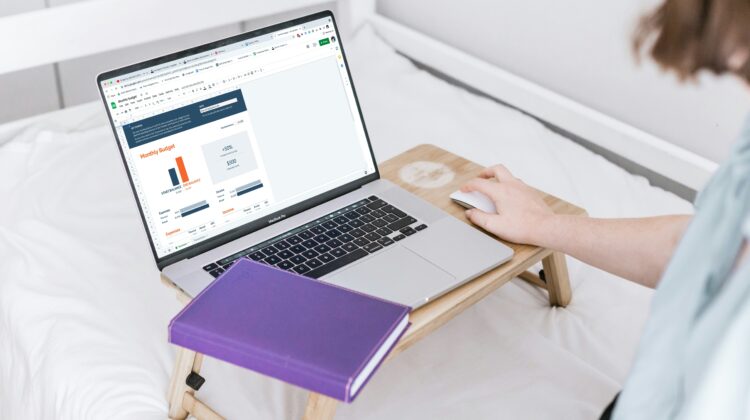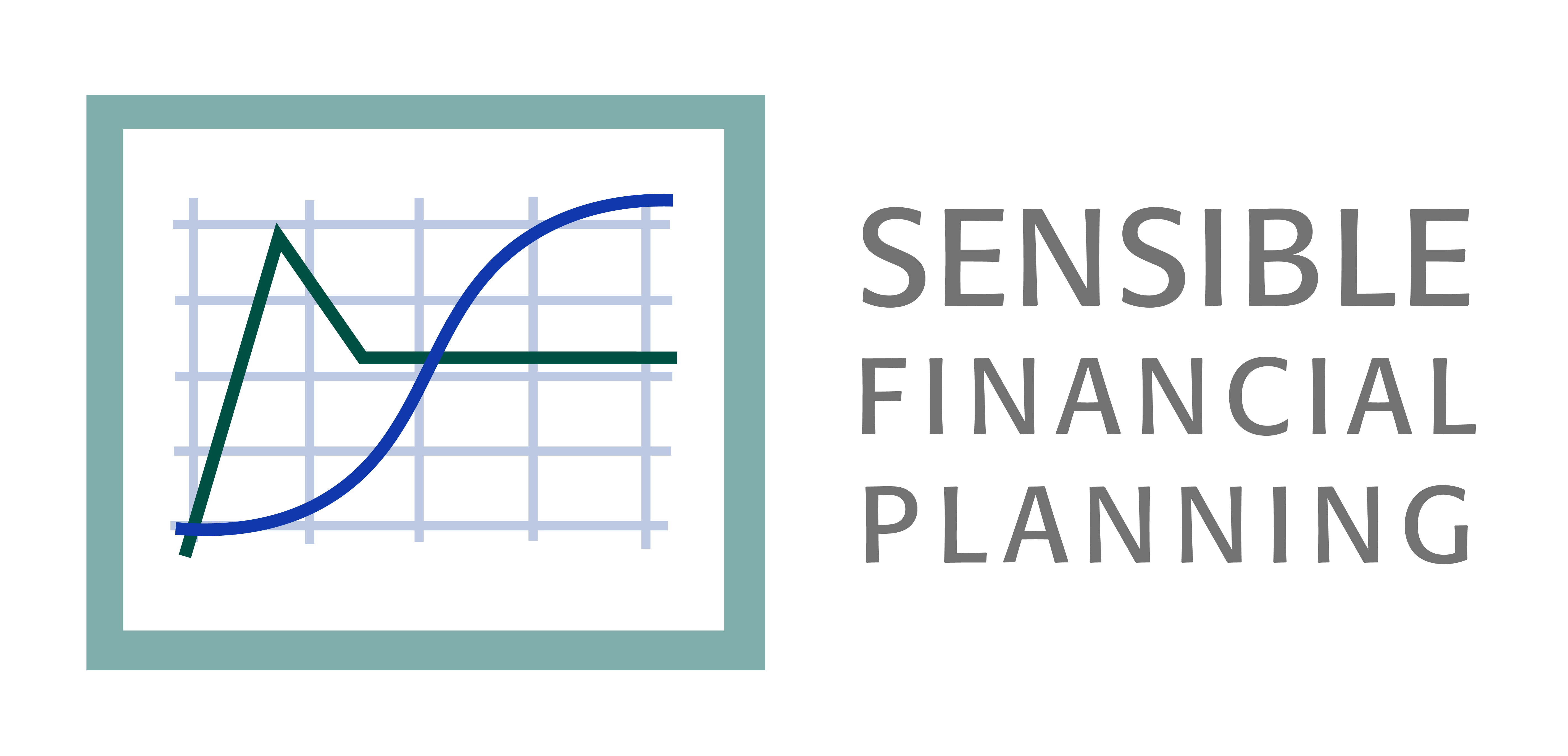
In part one of this series, I discussed planning you may want to do before setting up your budgeting software. In this section, I’ll discuss the initial setup and tips for ongoing use.
Initial setup: connect accounts and customize
- Sign up and start the setup process. The software will walk you through everything including connecting your accounts.
- Make edits to the default categories to better align with your spending (as described in my last article). Do this before you start reviewing past transactions or setting up reports. There may be some categories you cannot delete.
- Review and/or recategorize past transactions (if you decide to). If you don’t want to review past transactions, I suggest marking all past transactions as “uncategorized” to avoid confusion.
- Optional: Customize other features
- Review the default settings for categories, notifications, dashboards and reports to make it work best for you. You may choose to do this later. The more you use your software, the more you will learn about what you like or want to change in terms of reports, alerts and dashboards.
- Create and save a custom report (Quicken allows this) if you want to aggregate spending to report as Sensible’s consumption category. Or use tags to automatically identify spending categories you want to include in the report or set up a “watchlist” in Simplifi.
- Optional: Set up the budgeting feature if using Monarch or YNAB (You Need a Budget)
- Take the time to learn their budgeting features. They simplify making spending decisions based on a budget. For instance, before you decide to spend money, open the mobile app to see what you have spent and what you have available in the relevant category.
Ongoing use: review and assess regularly
- Review the categorization of your transactions regularly. The software automatically categorizes many transactions, but mis-categorizations and uncategorized transactions occur.
- Avoid struggling to remember each transaction by reviewing them every one to two weeks. You may find it is less overwhelming to review more frequently. Some software will even remind you to log in and categorize unknown transactions.
Review reports and reassess quarterly or annually
- Run reports at least quarterly. (You can run them as often as you like.) When you start out, consider running reports more frequently to be sure you’re getting the results you need. That way, you can make any necessary adjustments.
- Use the reports to compare your spending to your budget. If you have a financial plan, it’s helpful to compare your spending in the major categories to the affordable amount identified in your plan.
If you spend more than you budgeted on the major categories, look at the sub-categories.
- Check the data for accuracy and then determine if the overspending is a one-time expense or a lifestyle change. If this seems to be a new spending pattern, you might need to make changes. To reduce spending, specify where and how you plan to do that. Select a few categories you want to cut back on and then when running reports, focus on hitting your targets for those categories.
- Add those categories to your “watch list”, if you’re using Simplifi. Their feature shows your spending in these categories over certain time periods and sends alerts if you approach or exceed those targets.
Budgeting apps, like New Year’s resolutions, are often hard to maintain. It’s not unusual to start using a budgeting app and abandon it after a few months. Hopefully, this guide can help you succeed in using the software to help make spending and saving decisions. If you do run into issues, each software provider has customer support to answer questions.
If you’re curious about the different budgeting software brands, here is an article I wrote describing some of the differences between them.
Sensible Financial also has advisors with budgeting software experience. We are here to answer any questions you may have along the way.
Photo courtesy of Sincerely Media on Unsplash
